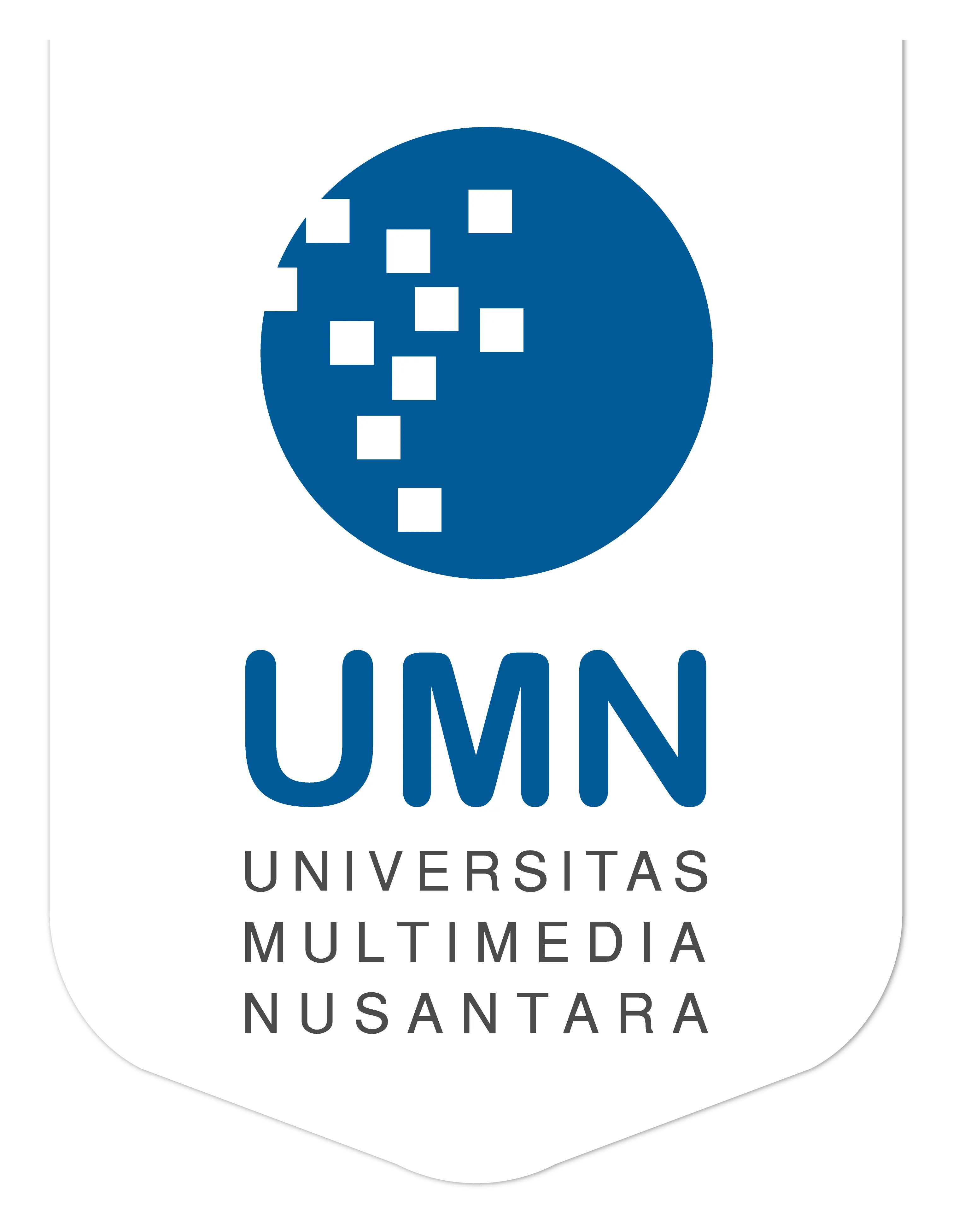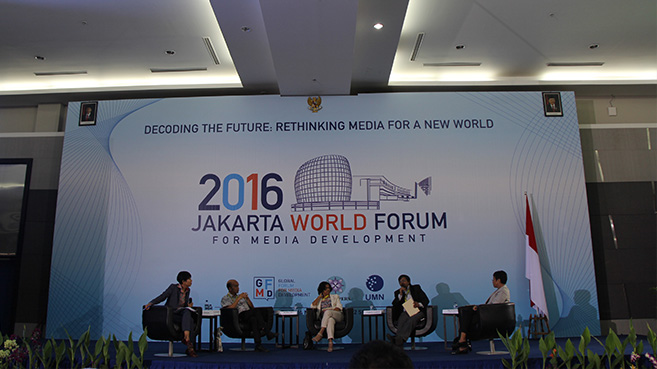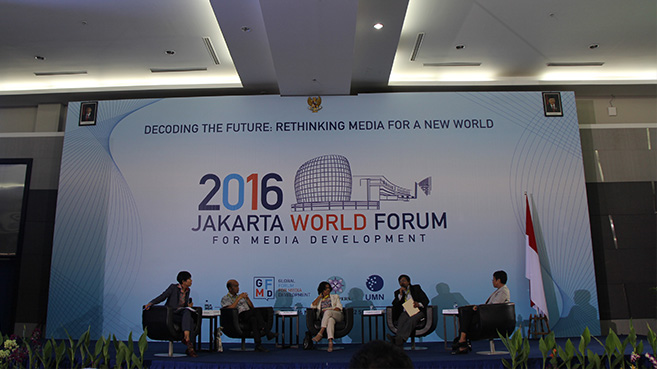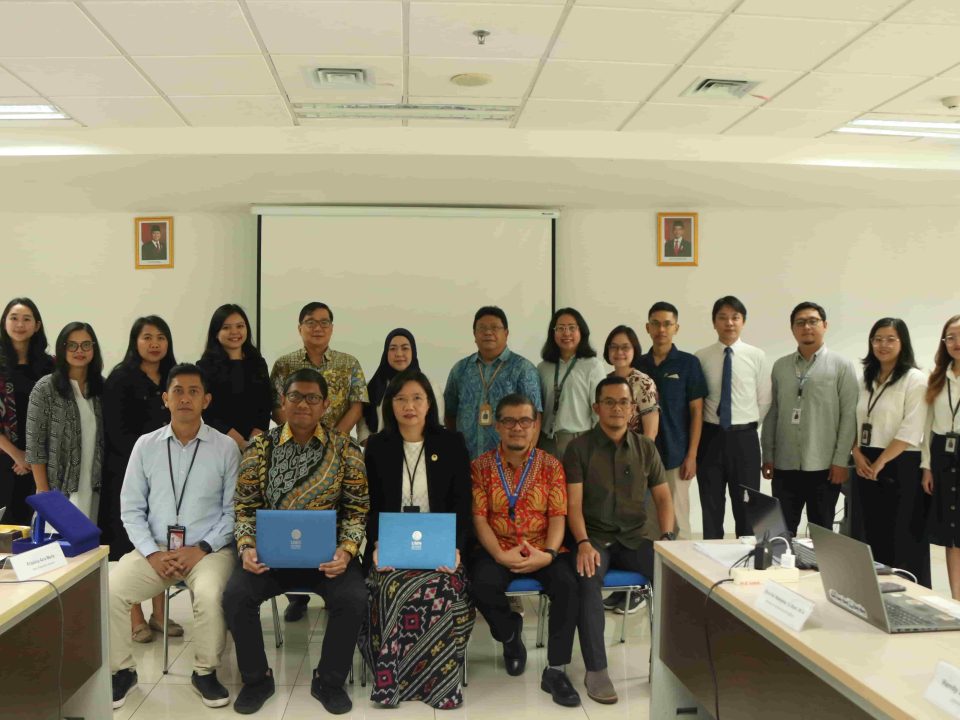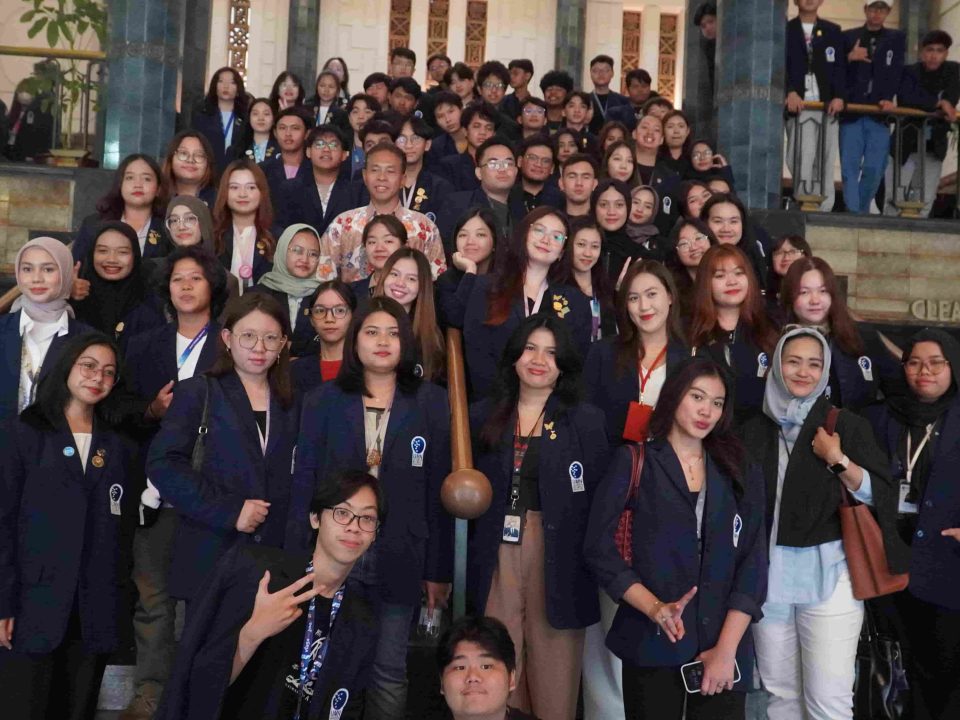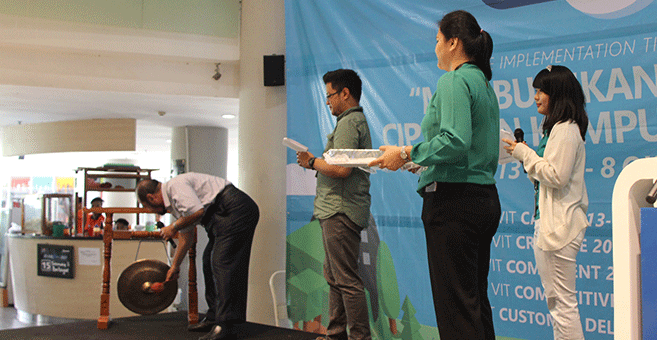
VIT C 2016: Grounding Values, Creating a Green Campus.
September 18, 2016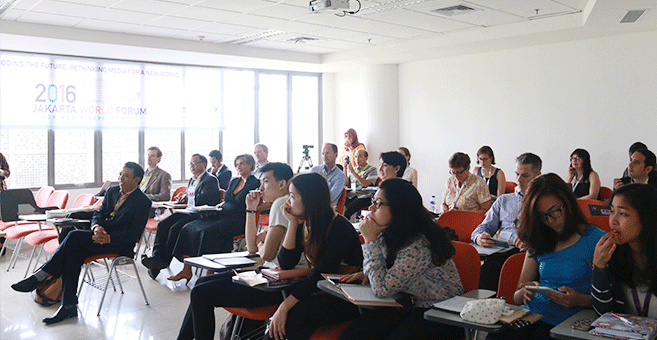
Drones and journalists: Understanding Regulation and The Ability to Pack Stories
September 22, 2016The rapid technological advancement makes the media also develop very rapidly. People’s behavior in using the media has also changed, from previously being more passive to becoming more active now in using and responding to messages sent by the media. Technological advances have now become a threat to the existence of print media in various countries. Of the aforementioned problems, GFMD is here to facilitate journalists to coordinate with one another.
In the forum hosted by Desi Anwar, four professional journalists from four different countries shared their media experiences; Premesh Chandran (Chief Executive Editor of Malaysiakini), Krishna Sen (Dean of the Faculty of Arts, The University of Western Australia), Bambang Harymurti (Editor in Chief of TEMPO), and Maria Ressa (CEO and Executive Director of Rappler).
During the discussion, Chandran expressed his views on the development of media technology in Asia which is, unlike European and American media technology, experiencing obstacles. This gap is still felt by the media in Asia, even though now the internet is the main provider of information to access it. “In addition, another difficulty is that we are losing talents very quickly. So, we should know how to manage our talents, maintain our talents and grow the organization,” he said, Tuesday (21/9).
This technological advancement has also made all information flows from the internet become very large, resulting in a flood of information in society. Bambang Harymurti as the editor in chief of TEMPO magazine believed that the media had changed from information provider to fact checker. He also added that the traditional media were sometimes more credible while the internet had become less accurate.
Furthermore, Maria Ressa considered social media to be a benchmark for media development because social media was very familiar in society. “For us, it’s like the whole world, everything is online, and social media is the key. But in 2012, technology has become a key factor and determines whether or not traditional media will survive,” she said.
It is hoped that this forum will enable journalists from various media from around the world to find the right business model to survive these changes. (*)
by Elma Adisya – Multimedia Nusantara University News Service
Kuliah di Jakarta untuk jurusan program studi Teknik Informatika | Sistem Informasi | Sistem Komputer|Akuntansi|Manajemen|Ilmu Komunikasi | Desain Komunikasi Visual, di Universitas Multimedia
